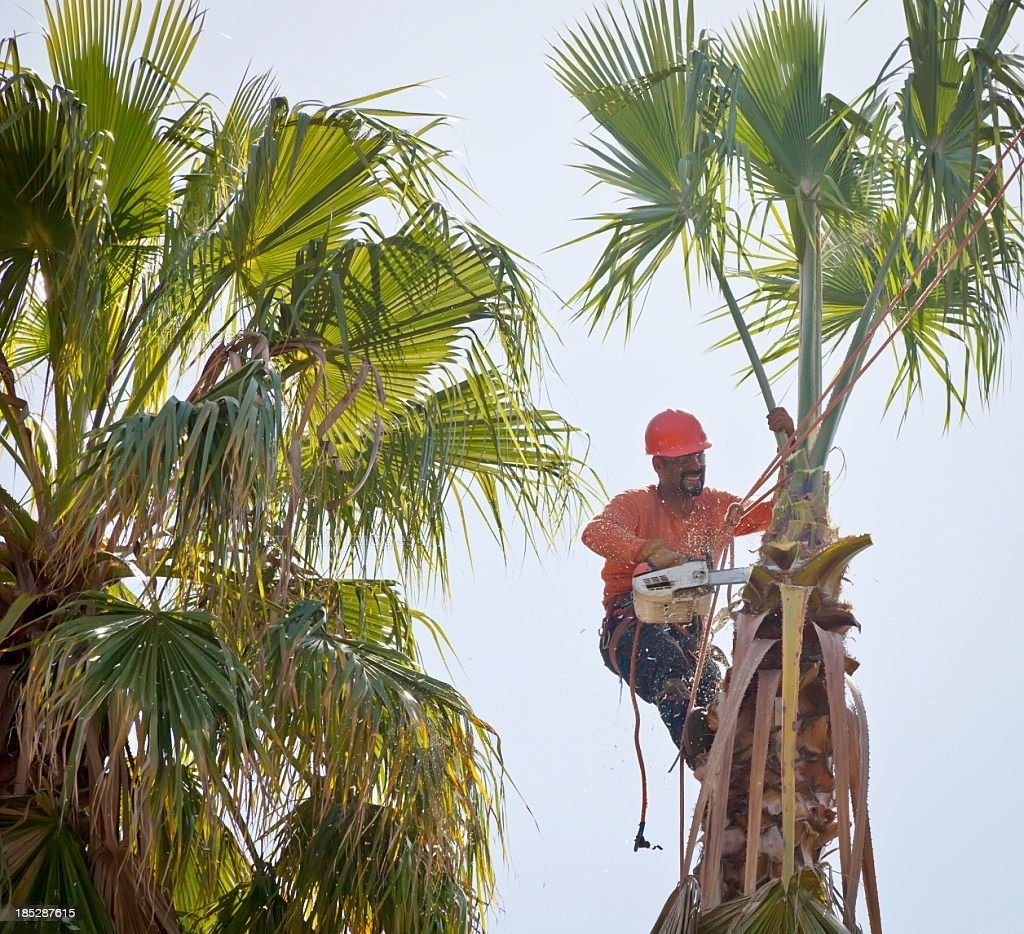How Often Should Tree Trimming Be Done?
Tree trimming is an essential aspect of maintaining the health, safety, and aesthetics of your landscape. Proper trimming ensures that trees grow strong and stay beautiful, while also reducing the risk of damage to your property. However, one common question homeowners have is, “How often should tree trimming be done?” The answer depends on several factors, including the type of tree, its location, and its current health. Let’s explore these factors in detail, along with expert opinions to help guide your tree maintenance routine.
Understanding the Importance of Tree Trimming
Before diving into how often tree trimming should be done, it’s important to understand why it’s necessary in the first place. Regular trimming promotes healthy growth by removing dead or diseased branches, which can otherwise sap energy from the tree. It also helps to shape the tree, ensuring that it grows in a way that is safe and visually appealing.
Trimming also reduces the risk of damage to your property. Overgrown branches can become hazardous, especially during storms, where they can break off and cause significant damage to your home, vehicles, or power lines. Regular maintenance prevents such scenarios and ensures that trees do not become a liability.
Factors That Influence Tree Trimming Frequency
The frequency of tree trimming depends on a variety of factors. Below are the key considerations that should inform your trimming schedule:
- Type of Tree
- Different types of trees have different growth rates, which directly affects how often they need to be trimmed. For example, fast-growing trees like willows and poplars may require more frequent trimming—typically once a year. On the other hand, slower-growing trees like oaks and pines may only need trimming every two to three years.
- Expert Opinion: According to arborists, understanding the species of your tree is crucial. “Each species has its own growth habits and requirements,” says John Smith, a certified arborist. “Consulting with an expert can help you establish a trimming schedule that aligns with the tree’s natural growth cycle.”
- Tree Age and Health
- Younger trees generally require more frequent trimming to shape their growth and ensure they develop a strong structure. Mature trees, however, may need less frequent trimming, unless they show signs of disease or damage.
- The health of the tree also plays a role. Trees that are stressed, diseased, or have been damaged by storms may require more frequent attention to remove compromised branches and prevent further deterioration.
- Expert Opinion: “Regular inspections are key,” advises Mary Johnson, a horticulturist. “If a tree is in poor health, more frequent trimming can help remove problematic areas and stimulate recovery.”
- Location and Environment
- The location of a tree and the surrounding environment also impact how often it should be trimmed. Trees in urban or suburban areas may require more frequent trimming to prevent interference with structures, power lines, or pedestrian walkways. Trees in natural or rural settings might require less frequent maintenance.
- Environmental factors such as weather conditions, soil quality, and exposure to sunlight can also influence growth rates, which in turn affects trimming frequency.
- Expert Opinion: “In urban environments, tree trimming is not just about the tree’s health but also about safety and compliance,” says James Taylor, an urban forestry expert. “Property owners should be vigilant and proactive with maintenance.”
- Seasonal Considerations
- The time of year also plays a significant role in tree trimming schedules. Most trees benefit from trimming during their dormant season, typically in late winter or early spring, before new growth begins. This timing minimizes stress on the tree and reduces the risk of disease.
- However, there are exceptions. For example, trees that flower in the spring should be trimmed right after they finish blooming. Additionally, some trees, like maples and birches, may bleed sap if trimmed in late winter, so it’s better to trim them in late summer or early fall.
- Expert Opinion: “Timing is everything,” says Susan Green, a landscape architect. “Trimming during the wrong season can harm the tree, so it’s important to know the specific needs of your tree species.”
General Guidelines for Tree Trimming Frequency
While the factors mentioned above can vary widely, there are some general guidelines that homeowners can follow to maintain their trees:
- Annual Inspection
- At a minimum, trees should be inspected once a year to assess their health and determine if trimming is necessary. This inspection should be done by a professional arborist, who can identify issues that may not be obvious to the untrained eye.
- Regular Maintenance Trimming
- For most trees, regular maintenance trimming every 3 to 5 years is sufficient. This helps to remove dead or diseased branches, thin out the canopy to improve air circulation, and maintain the overall shape and structure of the tree.
- Young Trees
- Young trees should be trimmed more frequently, about every 2 to 3 years, to ensure proper growth and development. Early pruning helps establish a strong framework and reduces the need for corrective trimming in the future.
- Mature Trees
- Mature trees, particularly those in good health, may only need trimming every 3 to 7 years. However, regular inspections are still important to catch any signs of disease or damage early.
- Hazardous Trees
- Trees that pose a hazard to people or property due to dead branches, overhanging limbs, or proximity to power lines should be trimmed as needed, regardless of their normal schedule. This is a critical safety measure that should not be delayed.
Conclusion
Tree trimming is an essential part of maintaining a healthy and safe landscape. However, the frequency of trimming depends on various factors, including the type of tree, its age and health, its location, and the time of year. By understanding these factors and following the expert opinions provided, homeowners can create a trimming schedule that promotes the long-term health and beauty of their trees.


